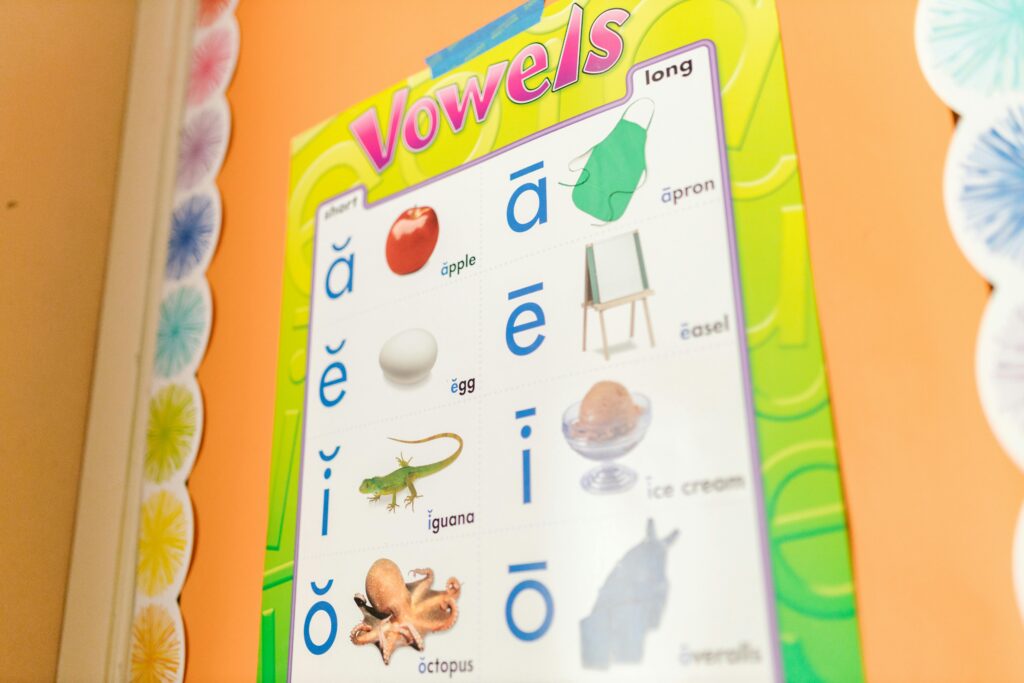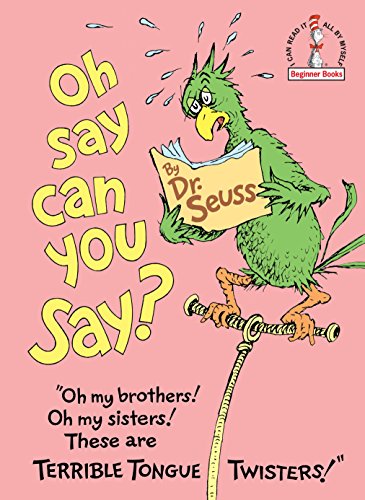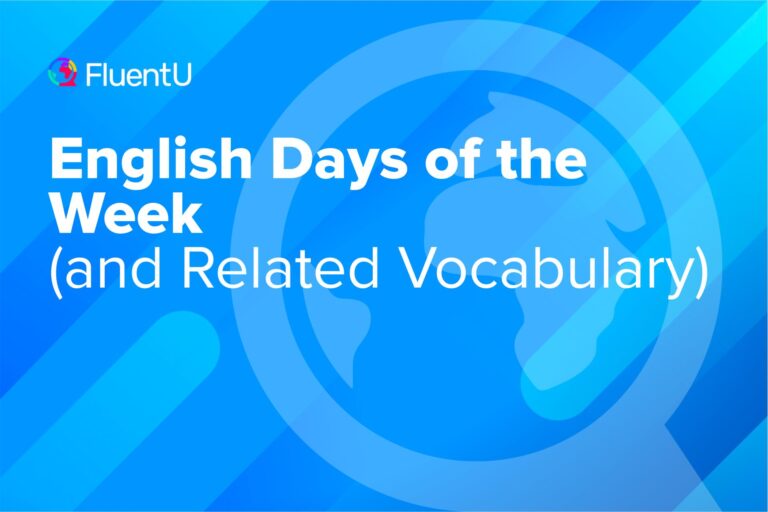What are English Vowels? Examples, Audio and Pronunciation Tips

English vowels are among the most important building blocks of the language. But for English learners, it can be tricky to decipher when to use the correct letter and how to pronounce it correctly.
I’ve put together a one-stop guide that’ll teach you all about English vowels, complete with fun tips for improving your pronunciation. Let’s dive in!
Download: This blog post is available as a convenient and portable PDF that you can take anywhere. Click here to get a copy. (Download)
What is a Vowel?
The simple answer to the question above is: vowels are the letters A, E, I, O, U and sometimes Y.
Have you ever wondered why those letters are vowels, though? They are the sounds you make without anything breaking the sound or air coming out of your mouth.
Make the E sound out loud. Now place your tongue between your teeth or on the roof (top, inside part) of your mouth and try again. And now close your mouth and try one more time.
It’s difficult—almost impossible—to make that sound when there’s something like your lips or your tongue in the way, isn’t it?
Every other letter in the English alphabet is called a consonant.
The sounds of consonants, on the other hand, are made by placing your tongue or lips in a certain way. This blocks the air coming out of your mouth when you speak, turning it into a specific sound.
When vowels are placed between consonants, all the sounds come together and a word is formed.
English Vowel Pronunciation
Note: This post focuses on standard American pronunciation. In different parts of the world, like Britain, Australia and even the regional U.S., there are variations in the way people pronounce their vowels.
All vowels have at least two pronunciations: a long sound and a short sound. This is based on where the vowel is in the word, plus the surrounding letters.
Short Vowels
A short vowel is the most common pronunciation of a vowel. Here are the short vowels in English:
- Short A: map , dad , chat
- Short E: pet , red , sell
- Short I: hit , fix , win
- Short O: not , job , clock
- Short U: sun , bus , cup
As you might have noticed from the words above, when a word ends in a consonant and has only one vowel, that vowel is short.
This works for a lot of longer words too if the syllable is stressed:
Examples: talent , memory , camera
Keep in mind that every rule has exceptions and there are times when the rules don’t apply! For example, there are longer words where you’ll use a schwa sound instead. Sometimes the only way to learn something is to practice and memorize it.
Long Vowels
A long vowel is the name of the vowel (for example, long A is AY like in the word say ).
In some rare cases, though, a certain sound is made by a combination of other letters (like when the long A sound is made by the letters EI).
These are the long vowels in English:
- Long A: paint , grape , lake
- Long E: deep , reach , key
- Long I: smile , fly , hi
- Long O: home , know , road
- Long U: true , few , fruit
As you can see, each long vowel can have different spellings. Here are some general rules:
- When a word ends in E, the E is silent (not read out loud), and the vowel that comes before it is long.
- When a syllable has two vowels next to each other, the first is usually long and the second short.
- When a syllable ends in one vowel, that vowel is usually long.
Common Questions About Vowels
When do You Need Vowels?
Vowels are an essential component of most English words. This isn’t just true for English, but for almost every other human language!
Nearly every word (or even every syllable) in English has a vowel sound, so pronouncing vowels correctly is a major part of having an accurate English accent.
Is Y a Vowel?
Depending on the word, Y can be a consonant or a vowel.
Y acts like a consonant if it’s at the start of a word or syllable: yawn , yellow , backyard , lawyer .
Otherwise, it’s pronounced as a vowel: try , gray , lazy , symbol .
What are the IPA Sounds for English Vowels?
Let’s start with short vowels:
| IPA Symbol | Name | Example |
|---|---|---|
| /æ/ | Short A | Bag |
| /ɛ/ | Short E | Check |
| /ɪ/ | Short I | Win |
| /ɒ/ | Short O | Box |
| /ʌ/ | Short U | Luck |
| /ə/ | Schwa | Dinner |
| /ʊ/ | Horseshoe U | Push |
Here are the IPA sounds for long vowels:
| IPA Symbol | Name | Example |
|---|---|---|
| /eɪ/ | Long A | Rain |
| /i:/ | Long E | Tree |
| /aɪ/ | Long I | Sky |
| /oʊ/ | Long O | Show |
| /ju:/ | Long U | Cute |
| /u/ | Long U | Blue |
Finally, we also have diphthongs, like:
| IPA Symbol | Example |
|---|---|
| /ɔɪ/ | Boy |
| /aʊ/ | Cow |
| /eə/ | Chair |
| /ʊə/ | Sure |
Ways to Practice English Vowel Sounds
Knowing the rules for English vowels as well as practicing how to actually make the sounds are both important to become fluent.
Here are some fun ways to learn and improve your knowledge of English vowel sounds:
1. Pronunciation Mazes
A pronunciation maze is a worksheet filled with words. To complete the sheet, you have to start with a word on top and finish with a word on the bottom—finding words with the same vowel sounds.
- Here is a pronunciation maze for the sound U as in the word but .
- Here is another maze for the sound OO as in book .
- Here is a maze for the O, OU and U sounds.
You can find many other mazes online by searching for “pronunciation maze.”
What you can learn: Doing a pronunciation maze makes you aware of vowel sounds and helps you hear the difference between bit and beat, for example.
If you pay close attention, you can begin to notice some patterns—like that words with the letters EA in the middle usually make a similar sound (but not always!).
2. Shadow Reading
Find a short clip from a movie, TV show or even your favorite commercial.
You can do this on YouTube, or opt for a program where the subtitles are sure to be 100% accurate, like FluentU.
FluentU takes authentic videos—like music videos, movie trailers, news and inspiring talks—and turns them into personalized language learning lessons.
You can try FluentU for free for 2 weeks. Check out the website or download the iOS app or Android app.
P.S. Click here to take advantage of our current sale! (Expires at the end of this month.)

Watch the clip twice. The first time, just watch silently. The second time, say the words along with the clip. Try to match the pronunciation, intonation (the rise and fall of the voice) and speed of the audio. This exercise is called shadow reading.
What you can learn: Speaking fluently is not just about knowing the right words and grammar. It’s about knowing how to say them, too. Speaking with the clip will help you practice speaking faster without pausing and still pronouncing words correctly.
3. Tongue Twisters
Tongue twisters are a series of words that repeat the same sounds often, which makes them difficult to say fast. You can find a list of excellent vowel-focused tongue twisters here.
Choose a tongue twister and say it out loud. Say it quite slowly at first and focus on pronouncing the vowels correctly. As you get more comfortable, say the tongue twister faster and faster.
Use your phone to record audio of your English tutor or language partner saying the tongue twister slowly, then faster. Use the audio to practice. Alternatively, you could also search for a YouTube video of a native speaker saying the tongue twister.
What you can learn: You’ve heard it before—practice, practice, practice! There’s no better way to learn than to practice.
Tongue twisters are a fun way to practice saying certain sounds. The better you get at the tongue twisters, the better you will get at pronouncing different English vowel sounds.
4. Mute the Sound
Find a movie clip or any other short video that shows people speaking. Before pressing play, mute the sound and remove the subtitles. Watch the clip and try to understand what the people are saying by the way their lips move.
What you can learn: Sounds generally come from the throat, but our mouths are where those sounds are shaped into letters and words. The shape of your mouth and the location of your tongue when you speak are important for pronouncing words correctly.
Watching people speak—with the sound off—makes you more aware of mouth shapes and can help you understand how to pronounce the same sounds correctly.
The U sound in the word rebuke and the OO sound in the word food might seem similar but when watching someone say the two words you’ll see the difference.
5. Minimal Pairs
Minimal pairs are words that sound the same except for one sound change, like bus and buzz or sit and seat.
For this exercise, you’ll need a list of minimal pairs—you can find a good one here.
Practice or record yourself saying the words out loud, speaking clearly and exaggerating the sounds—making them sound bigger and more important than they actually are.
What you can learn: Sometimes it’s difficult to hear the difference between certain vowel sounds. You can make it easier for yourself to hear the difference by practicing and saying similar words. By making the sounds larger you can better hear and feel the difference.
6. Read Dr. Seuss

Dr. Seuss is a well-known children’s book author. His books are meant for kids to learn to speak and read well by using simple and catchy rhymes. Some Dr. Seuss books are an excellent way to learn vowel pronunciation!
The three best Dr. Seuss books for learning vowel pronunciation are “Oh Say Can You Say,” “Fox in Socks,” and “Hop on Pop.” Read them out loud!
Need some help? You can find audio versions of the books on YouTube as a read-along version. Here’s an audio reading of “Oh Say Can You Say,” here’s one of “Fox in Socks,” and here’s one of “Hop on Pop,” to get you started.
What you can learn: Children’s books are great learning tools no matter what age you are. The words, rhythms and rhymes in Dr. Seuss books make them easy to remember and read.
Since the books are meant to teach kids in the simplest way possible, you’ll be learning useful topics like long and short vowels, different vowel sounds and spelling patterns.
Learning vowel sounds and pronunciations will make it easier for you to learn new English words and become more fluent in the language.
Take some time to practice and learn with these exercises and you’ll be having fun and learning at the same time!
Download: This blog post is available as a convenient and portable PDF that you can take anywhere. Click here to get a copy. (Download)
And One More Thing...
If you like learning English through movies and online media, you should also check out FluentU. FluentU lets you learn English from popular talk shows, catchy music videos and funny commercials, as you can see here:
The FluentU app and website makes it really easy to watch English videos. There are captions that are interactive. That means you can tap on any word to see an image, definition, and useful examples.
For example, when you tap on the word "searching," you see this:
Learn all the vocabulary in any video with quizzes. Swipe left or right to see more examples for the word you’re learning.

FluentU helps you learn fast with useful questions and multiple examples. Learn more.
The best part? FluentU remembers the vocabulary that you’re learning. It gives you extra practice with difficult words—and reminds you when it’s time to review what you’ve learned. You have a truly personalized experience.
Start using the FluentU website on your computer or tablet or, better yet, download the FluentU app from the iTunes or Google Play store. Click here to take advantage of our current sale! (Expires at the end of this month.)










